TLE Electrical Tools 1st QT (Prt 1)
1/35
Earn XP
Description and Tags
TLE
Name | Mastery | Learn | Test | Matching | Spaced |
|---|
No study sessions yet.
36 Terms
Screw Drivers
These tools are made of steel hardened and tempered at the tip used to loosen or tighten screws with slotted heads.
They come in various sizes and shapes.
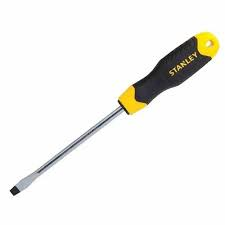
Standard/Flat Screw Driver
blade tip is wedge-shaped and resembles a
negative (-) sign.
This is used to drive
screws with a single slot ahead
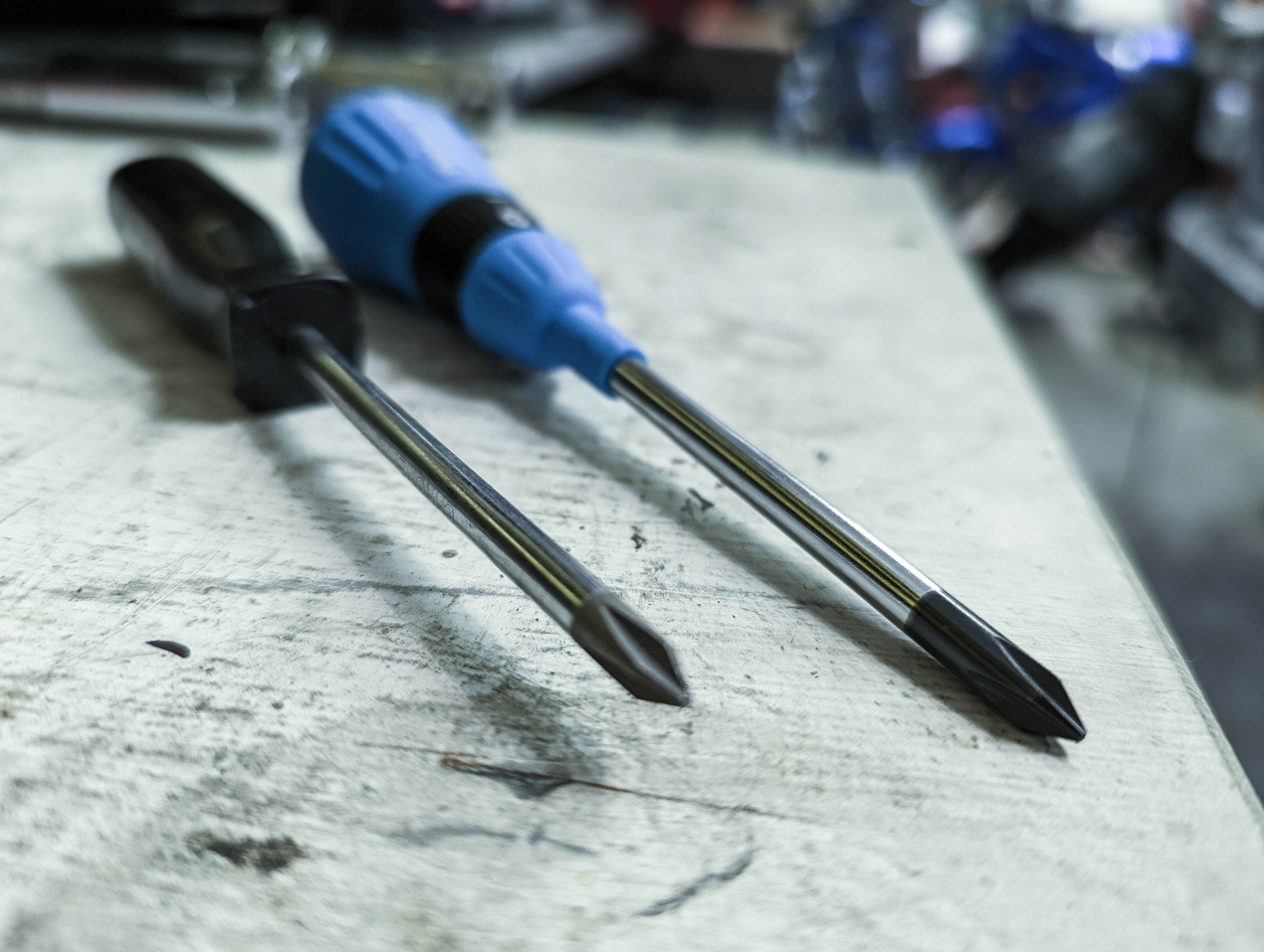
Philips Screw Driver
has a cross tip resembling a positive (+) sign.
This is used to drive screws with cross slot heads.
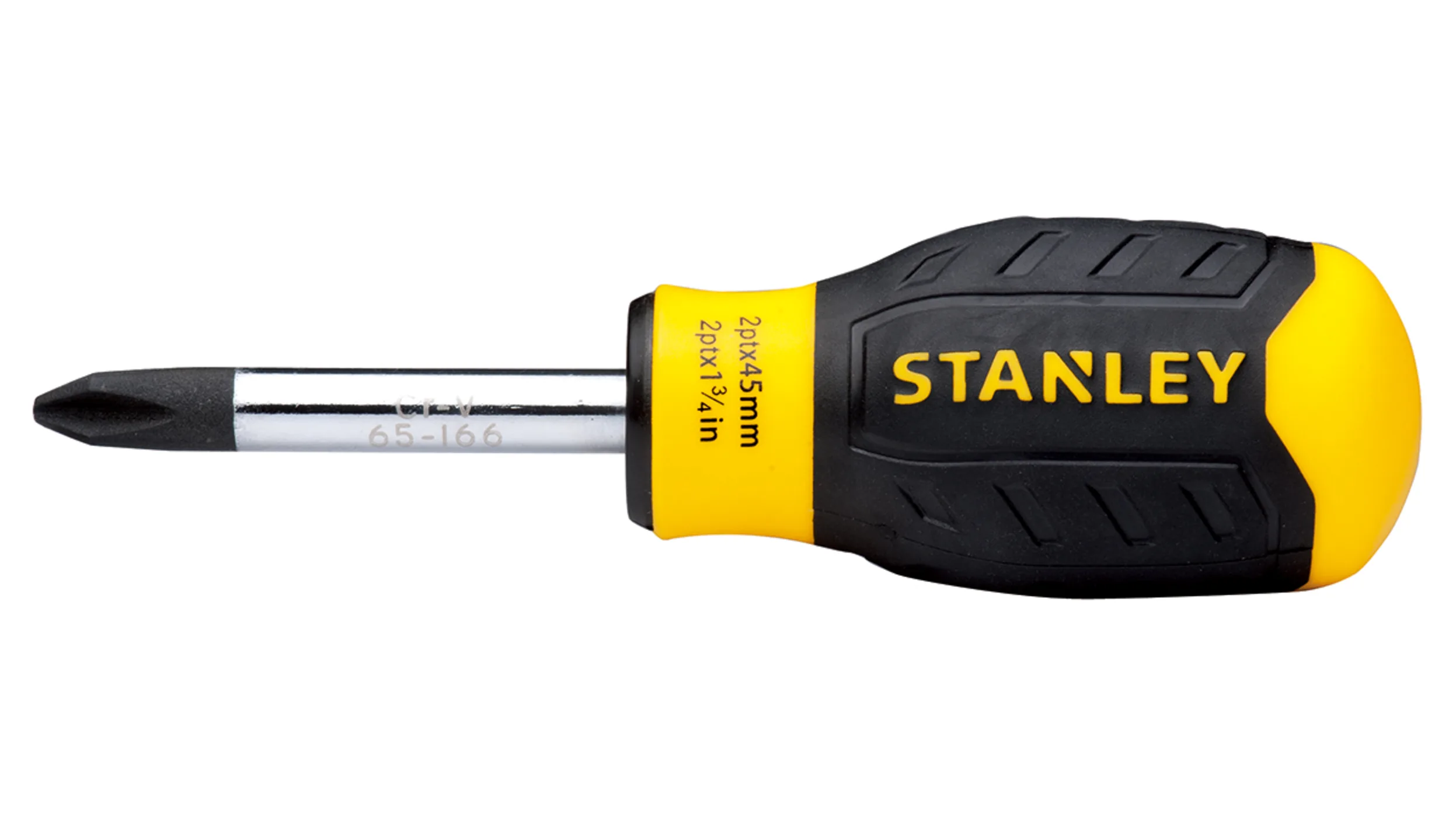
Stubby Screw Driver
comes in either Standard or Philips screw driver with short shank or blade and a shorted handle used to
turn screws in tight space where standard
screw driver cannot be used.
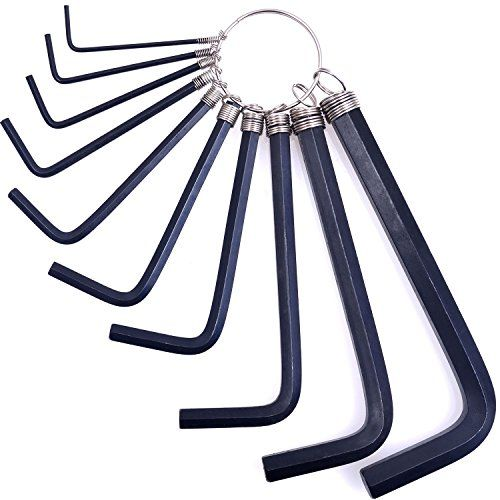
Allen Screw Driver/Wrench
could be in the shape of a screw
driver or a wrench.
Its function is to drive screw with hexagonal slot head.
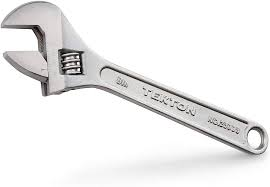
Hammers
These are tools used in driving or pounding
and pulling out nails.
They are made of hard steel, wood, plastic or rubber.
The following are types of hammer:
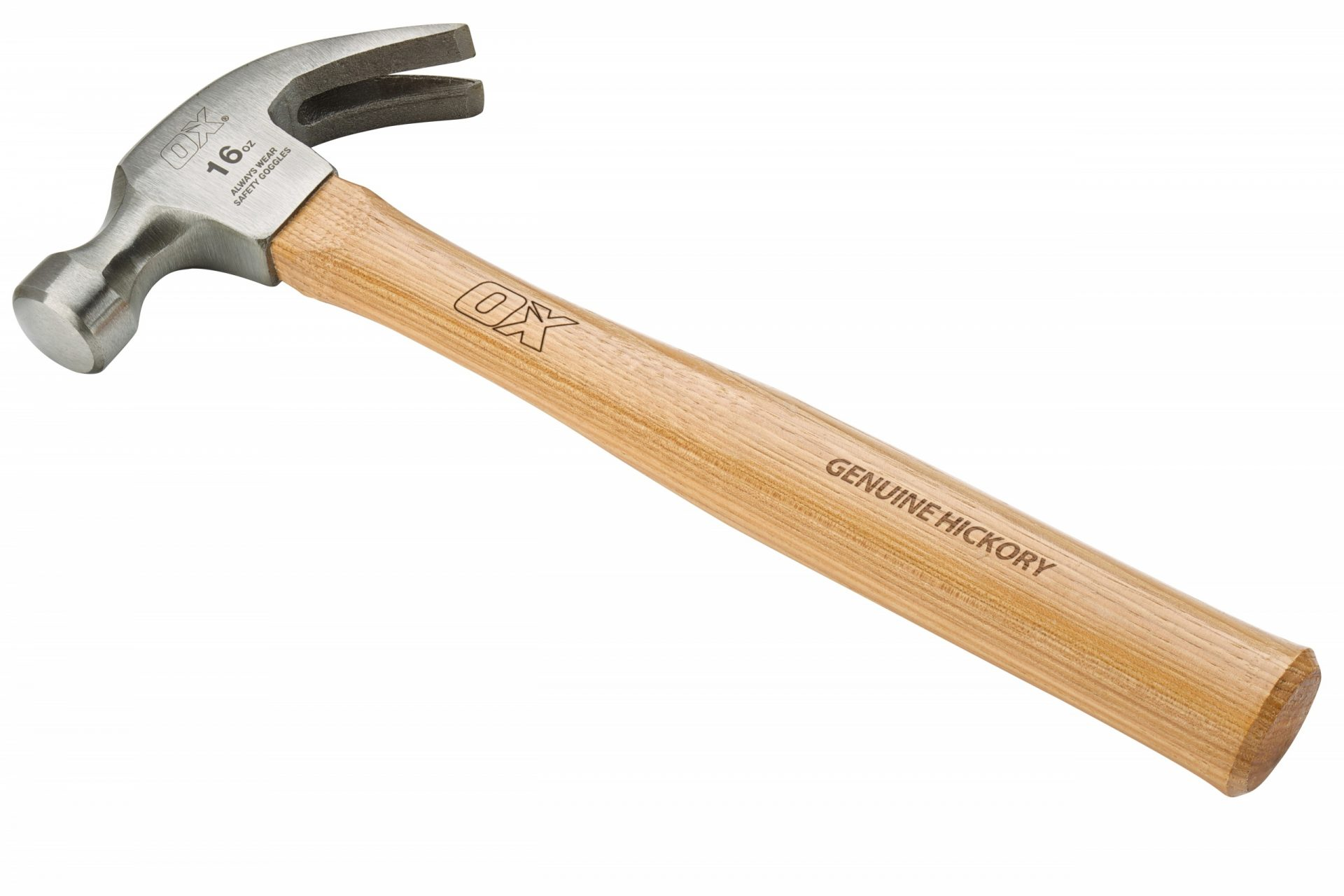
Claw Hammer
a hammer with one side of the head split and curved, used for extracting nails.
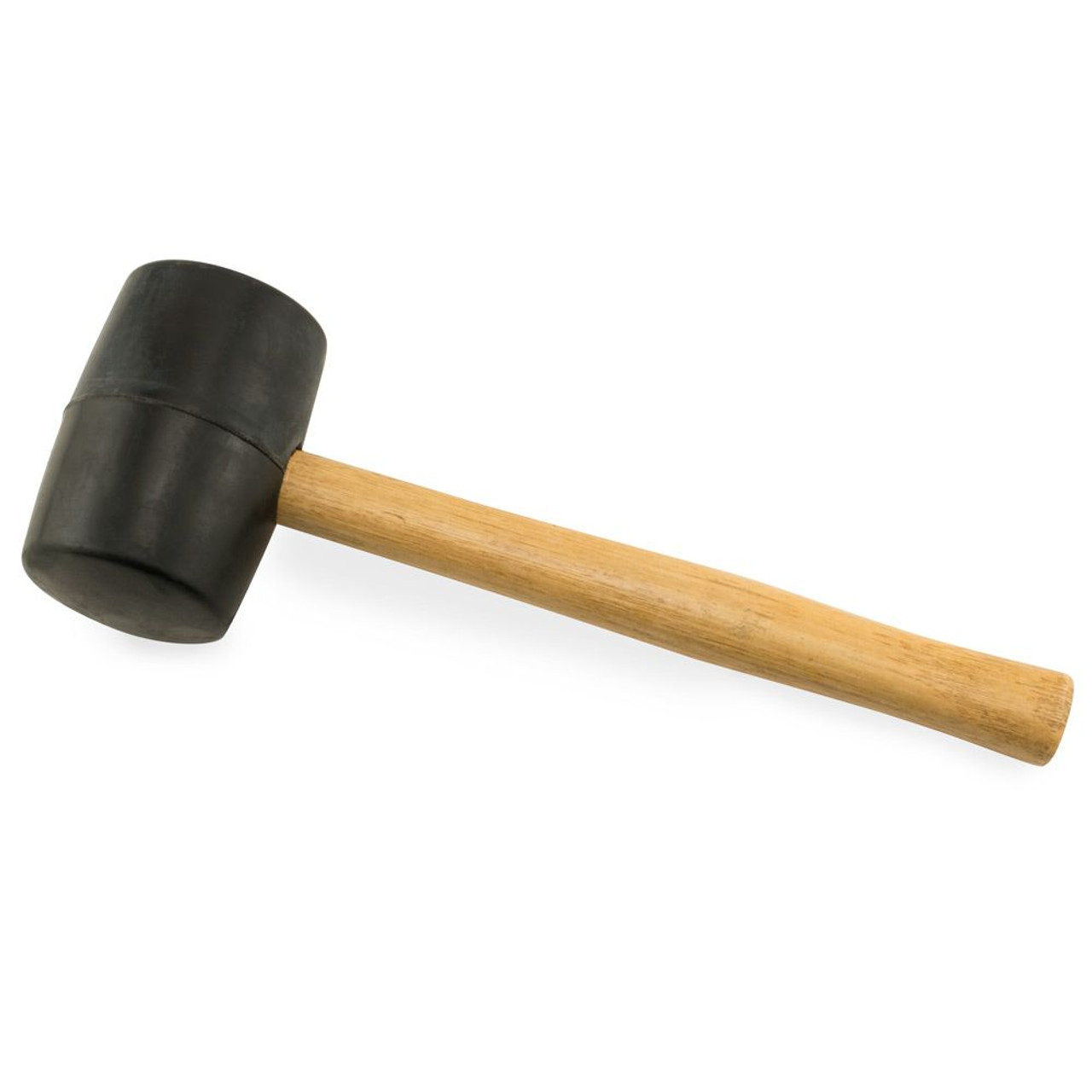
Mallet(rubber head)
a kind of hammer, often made of rubber or sometimes wood, that is smaller than a maul or beetle, and usually
has a relatively large head.
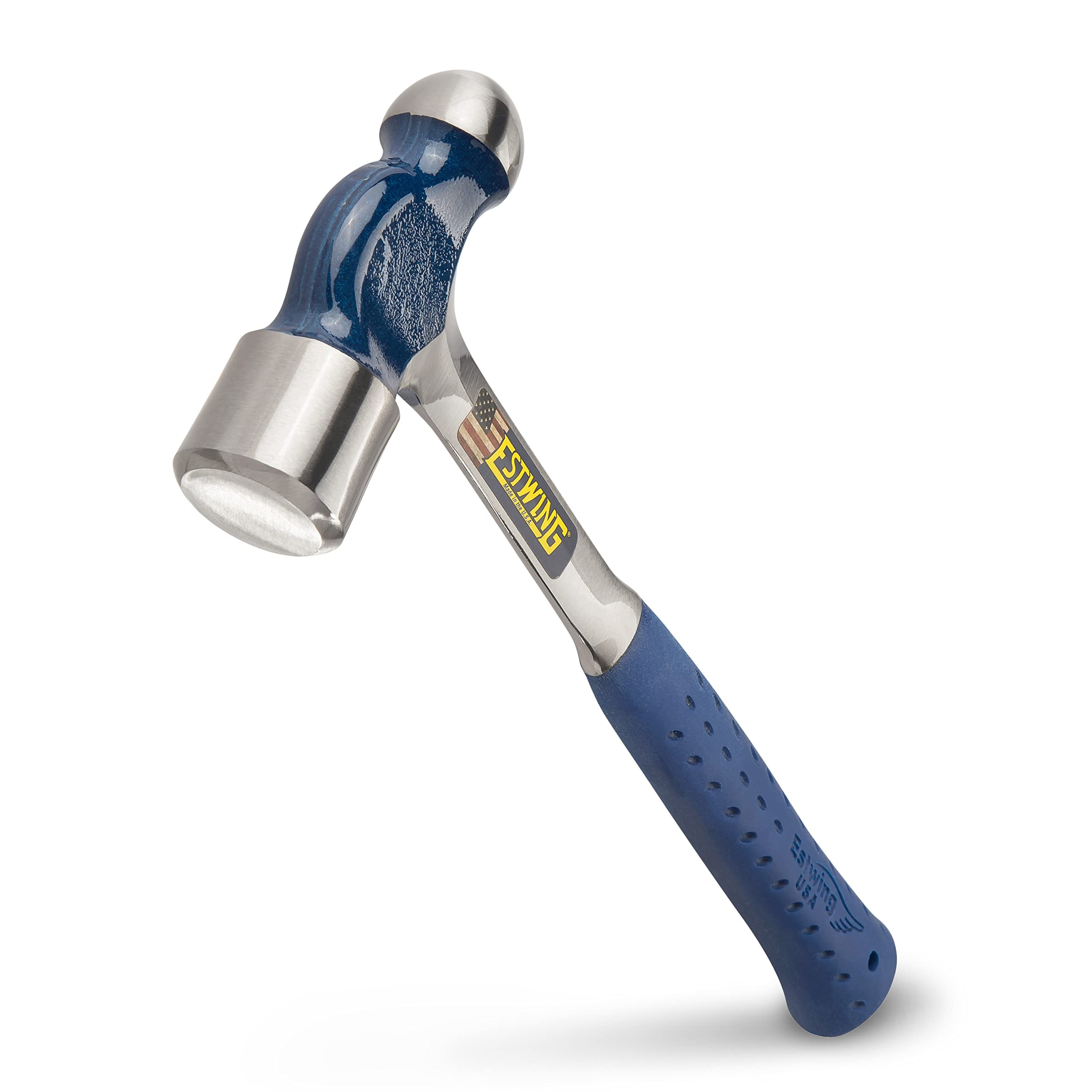
Ballpen Hammer
a hammer with a rounded end opposite the face, a type of peening hammer used in metal working.
Pliers
made from metal with insulators in
the handle and are used for cutting,
twisting, bending, holding, and
gripping wires and cables.
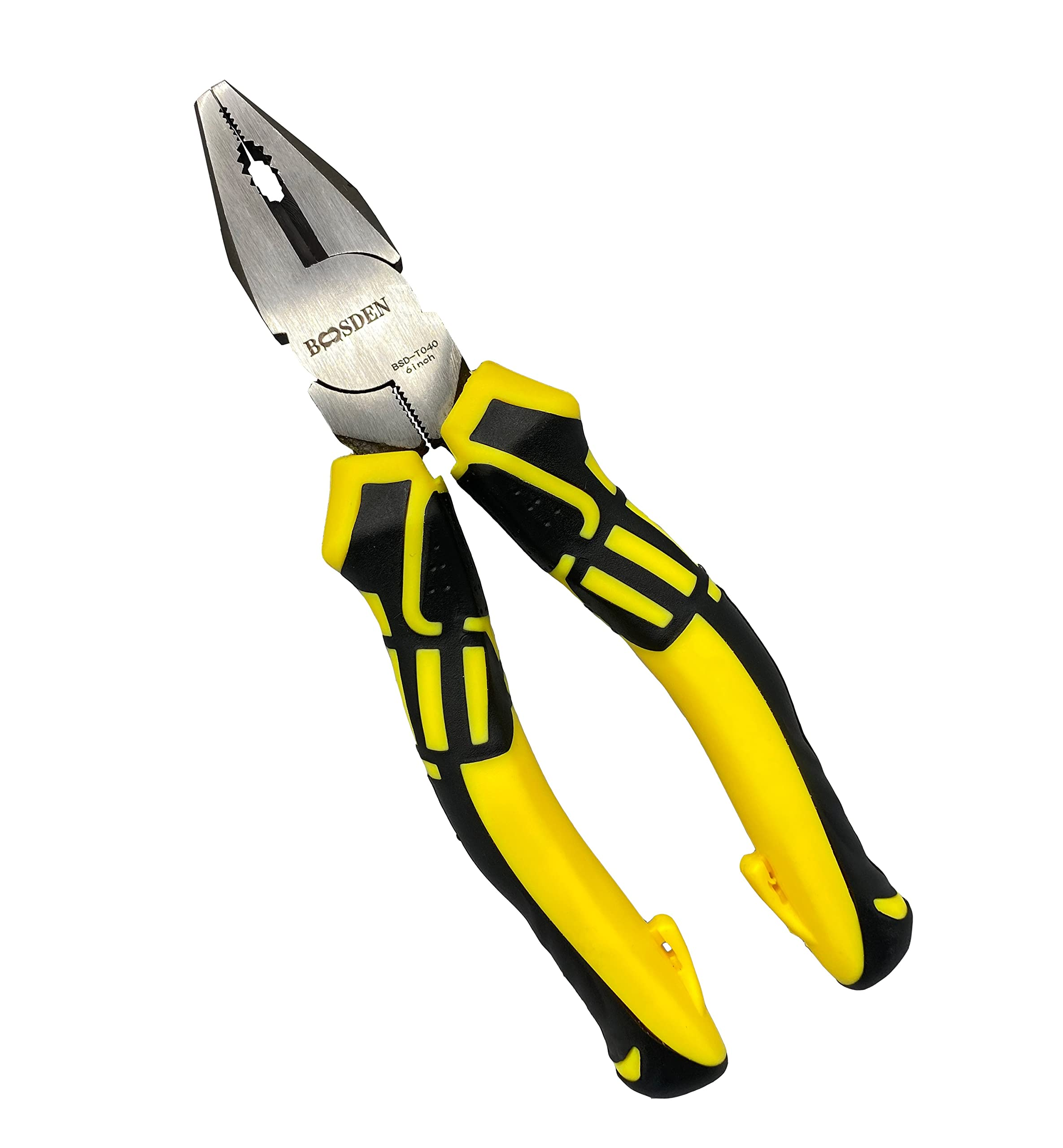
Combination Pliers (Lineman’s Pliers).
This is used for gripping, holding, and cutting electrical
wires and cables and even small nails. They are usually
used by linemen in doing heavy tasks.
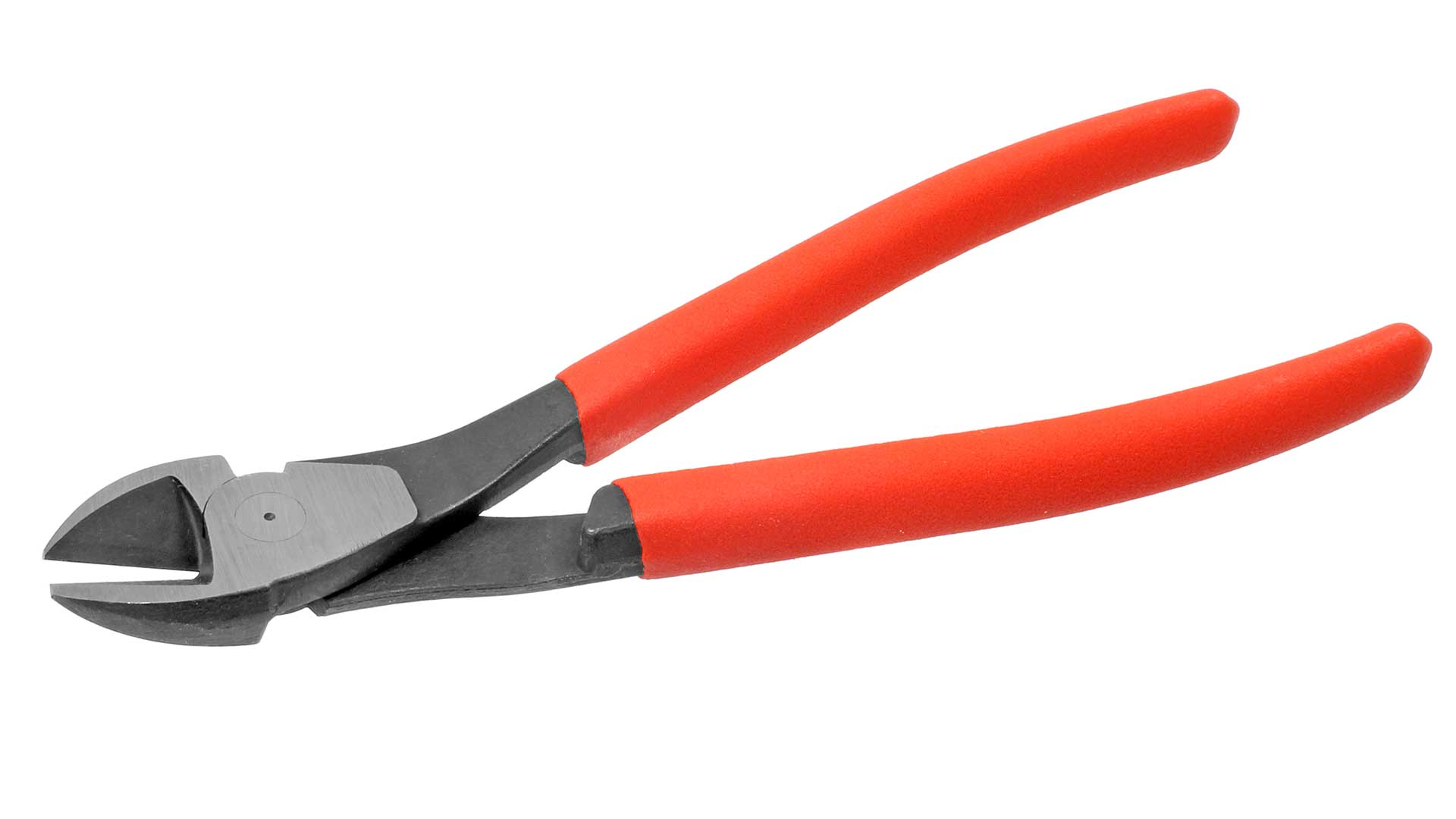
Side Cutting Pliers
type of pliers is used for cutting fine,
medium and big wires and cables.
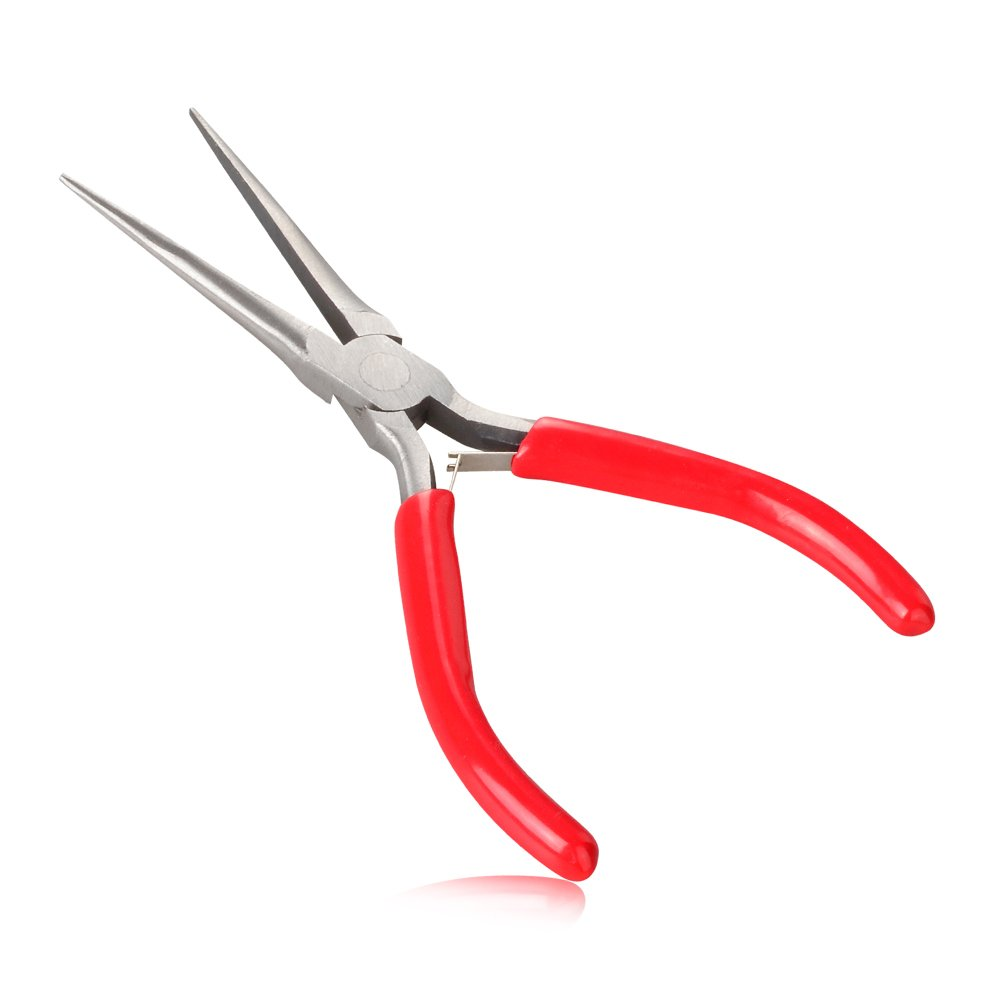
Long Nose Pliers
used for cutting and
holding fine wires. This can reach tight
space or small opening where other pliers
cannot reach and also used in making
terminal loops of copper wires.
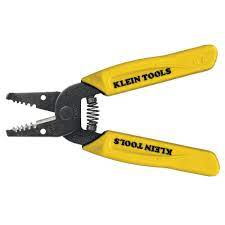
Wire Stripper
A tool used for
removing insulation of medium
sized wires ranging from gauge #10
to gauge #16.
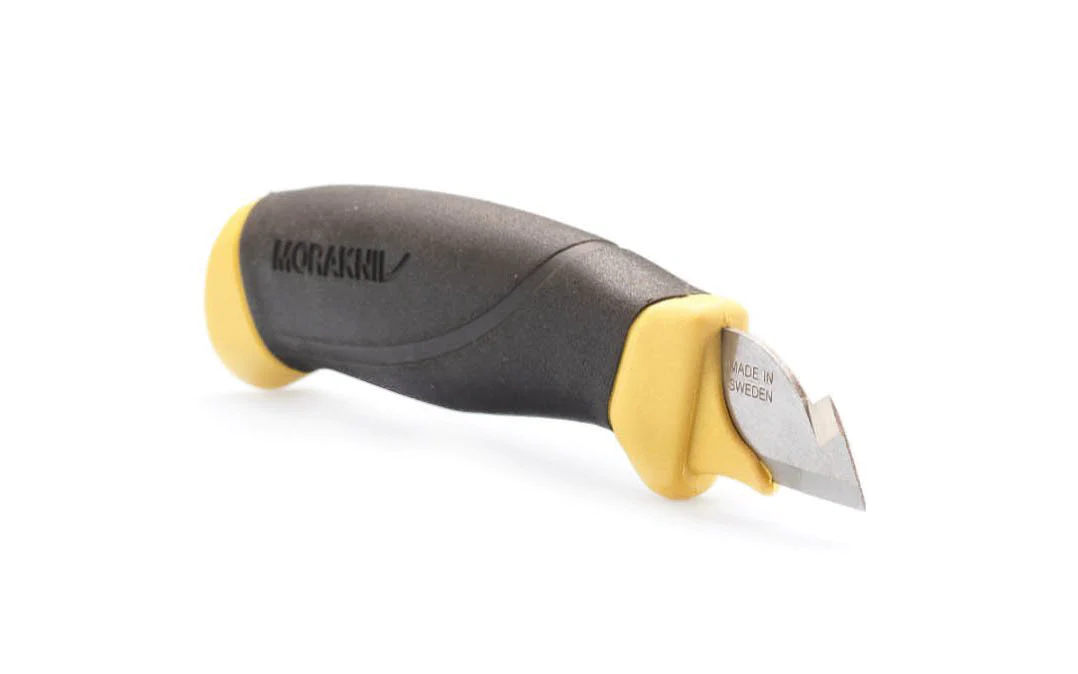
Electrician’s Knife
used by
linemen to remove insulation of wire
and cables in low and high voltage
transmission lines.
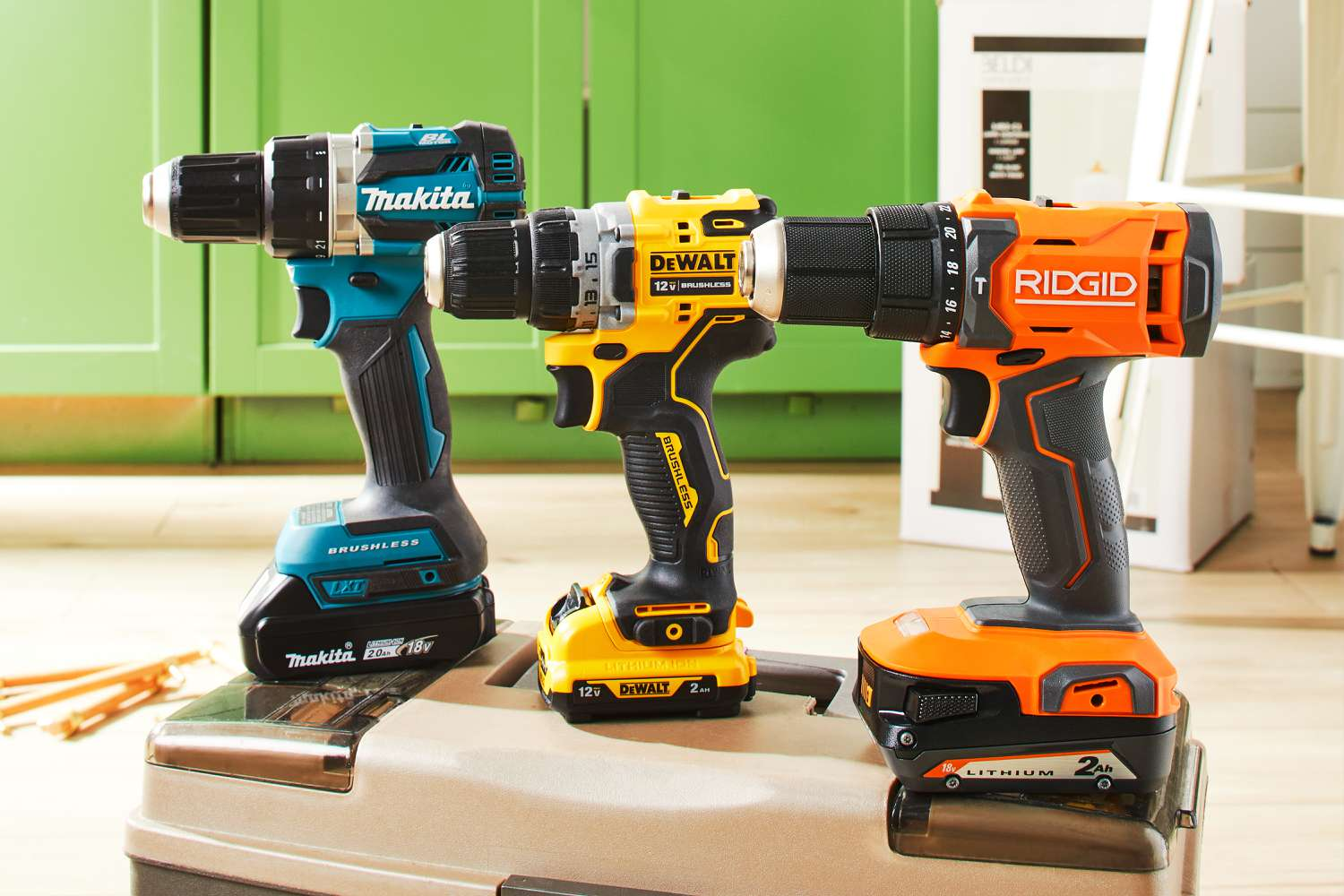
Portable Electric drill
A small drilling machine with a chuck capacity of
¼‖ to 3/8‖. It is used in making holes on
metal sheets and concrete walls.
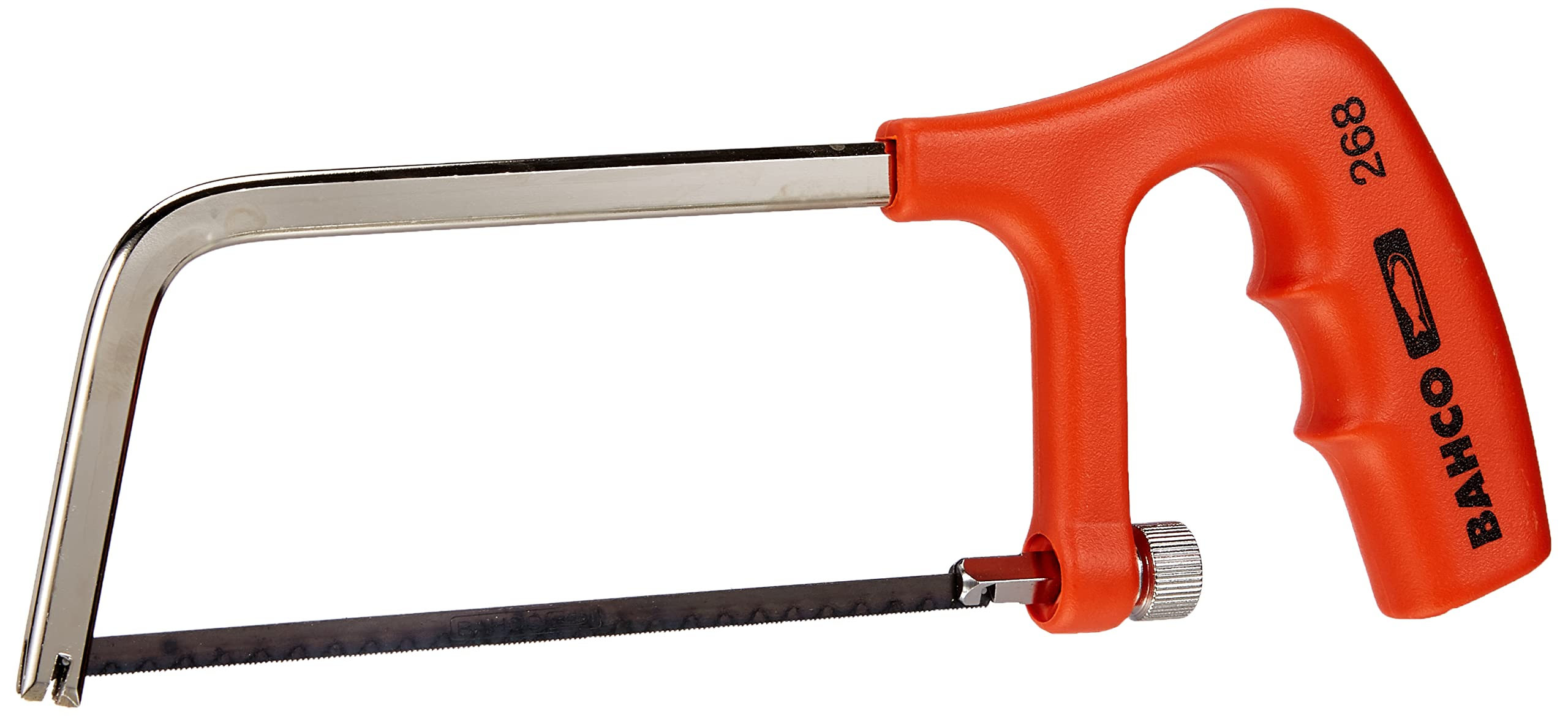
Hacksaw
tool is used to cut metal
conduit and armored cable.
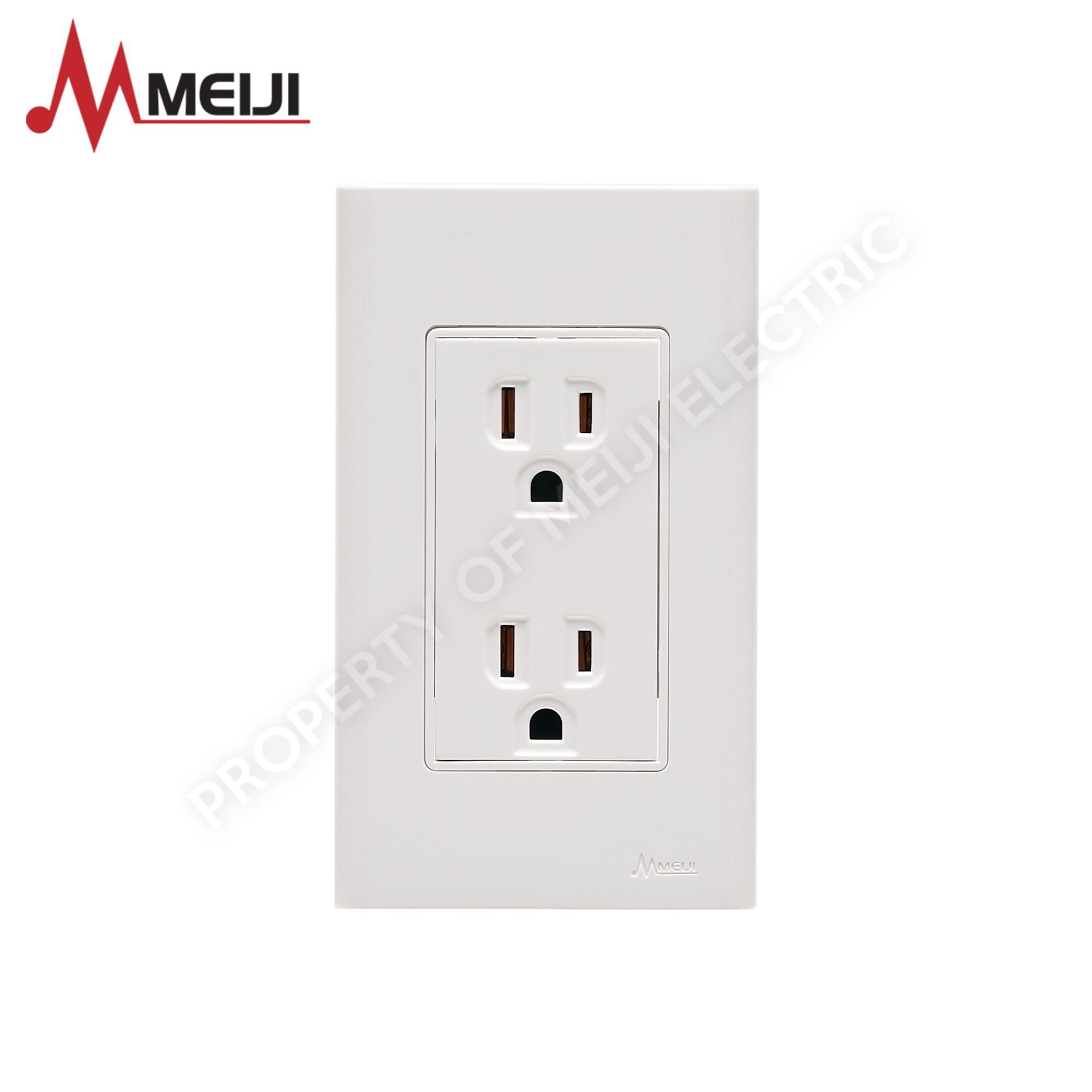
Convenience outlet
a device that acts as a convenient
source of electrical energy for current consuming
appliances.
It is where the male plug of an appliance is inserted and
usually fastened on the wall or connected in an extension cord.
It maybe single, duplex, triplex or multiplex and could be surface type or flush type.
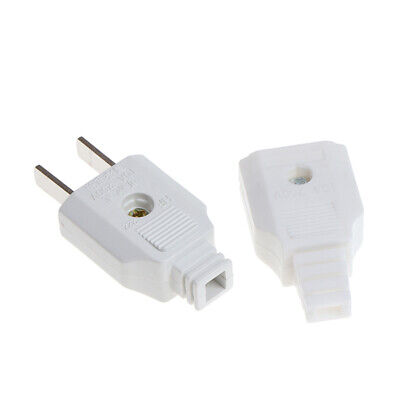
Male plug
a device inserted to a convenience outlet to conduct electric current.
A flat cord is attached to it on one end and the
other end is connected to a current consuming
instrument or appliance.
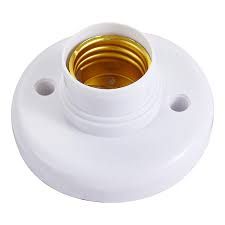
Lamp holders
devices that hold and protect the lamp
and are also called as ―Lamp Sockets/Receptacles‖.
These come in many designs and sizes.
They are classified as flush, hanging (weather proof/chain) and surface types.
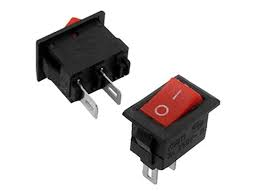
Switch
a device that connects and
disconnects the flow of electric current in
a circuit.
There are many shapes, designs,
and types and they are classified as
hanging, flush, and surface types.
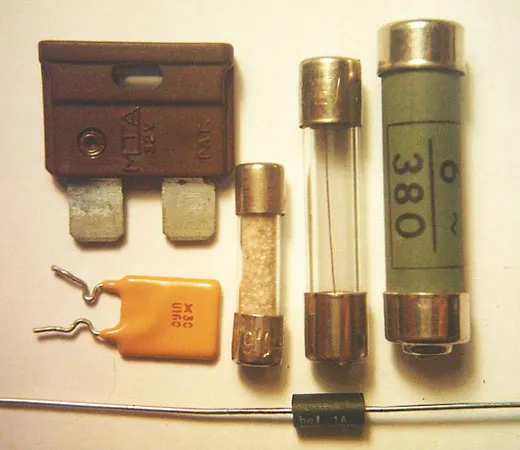
Fuse
a circuit protective device that
automatically blows and cut the
current when and over load or short
circuit happens.
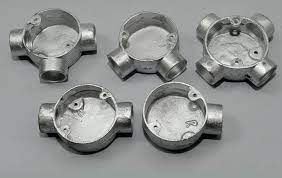
Junction Box
an octagonal shaped electrical material where
the connections or joints of wires are being
done.
It is also where the flush type lamp
holder is attached. This could be made of metal
or plastic (PVC) Polyvinylchloride.
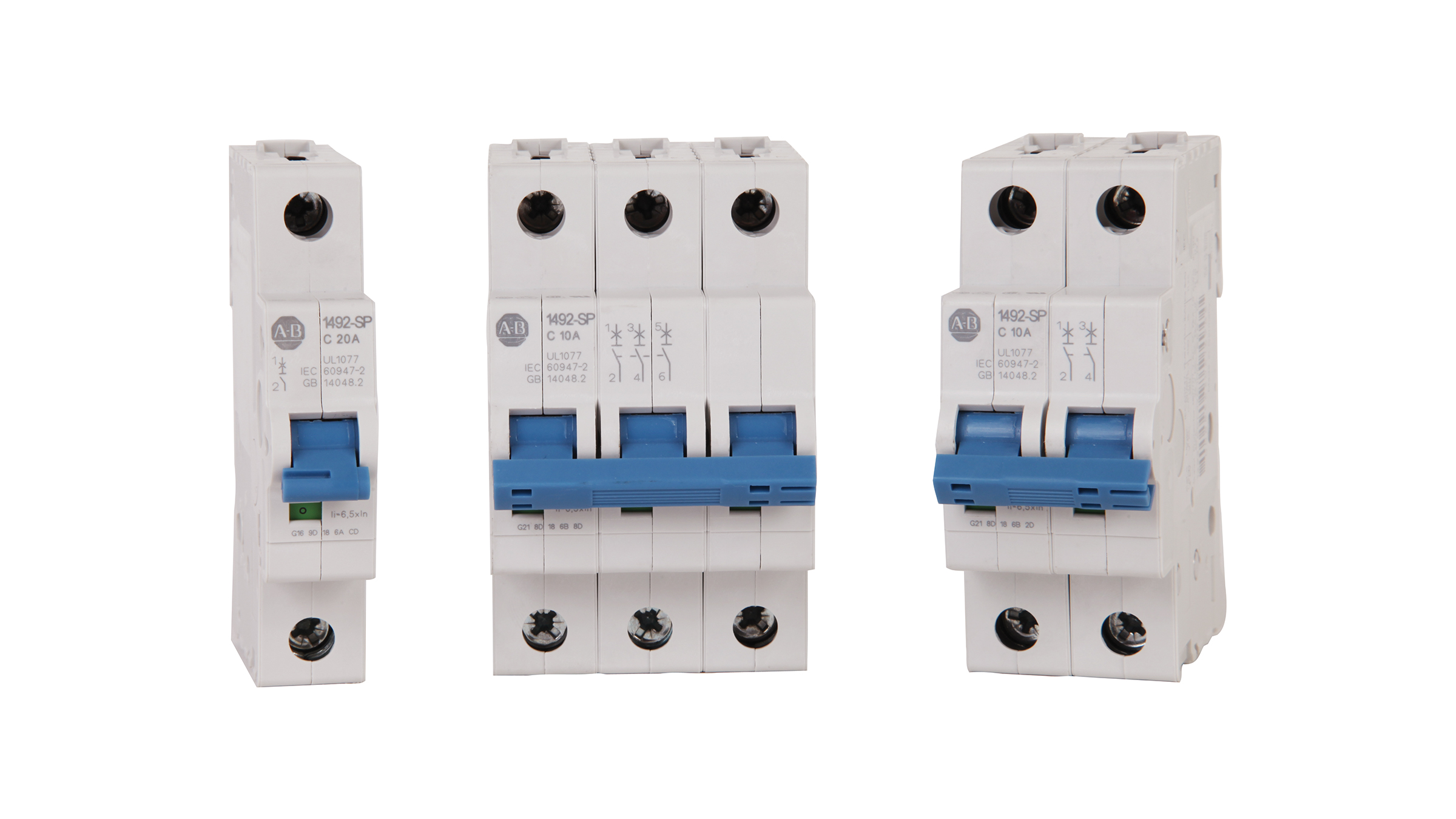
Circuit Breaker
a protective device used to automatically blows and cuts the current when trouble in the circuit such as
short circuit or overload occurs.
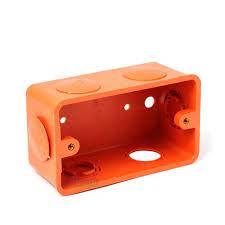
Utility Box
a rectangular shaped metallic or plastic (PVC) material
in which flush type convenience outlet and switch are attached.
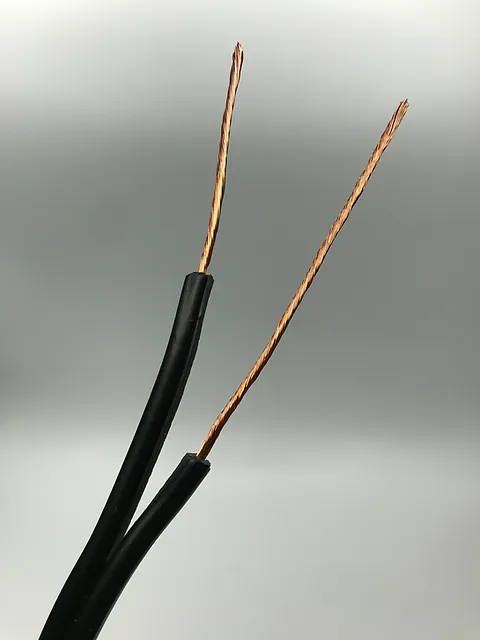
Flat Cord
Is a duplex stranded wire used for temporary wiring installation and commonly used in extension cord assembly.
It comes in a roll of 150 meters and with sizes of
gauge # 18 and gauge # 16 awg (American wire
gauge).
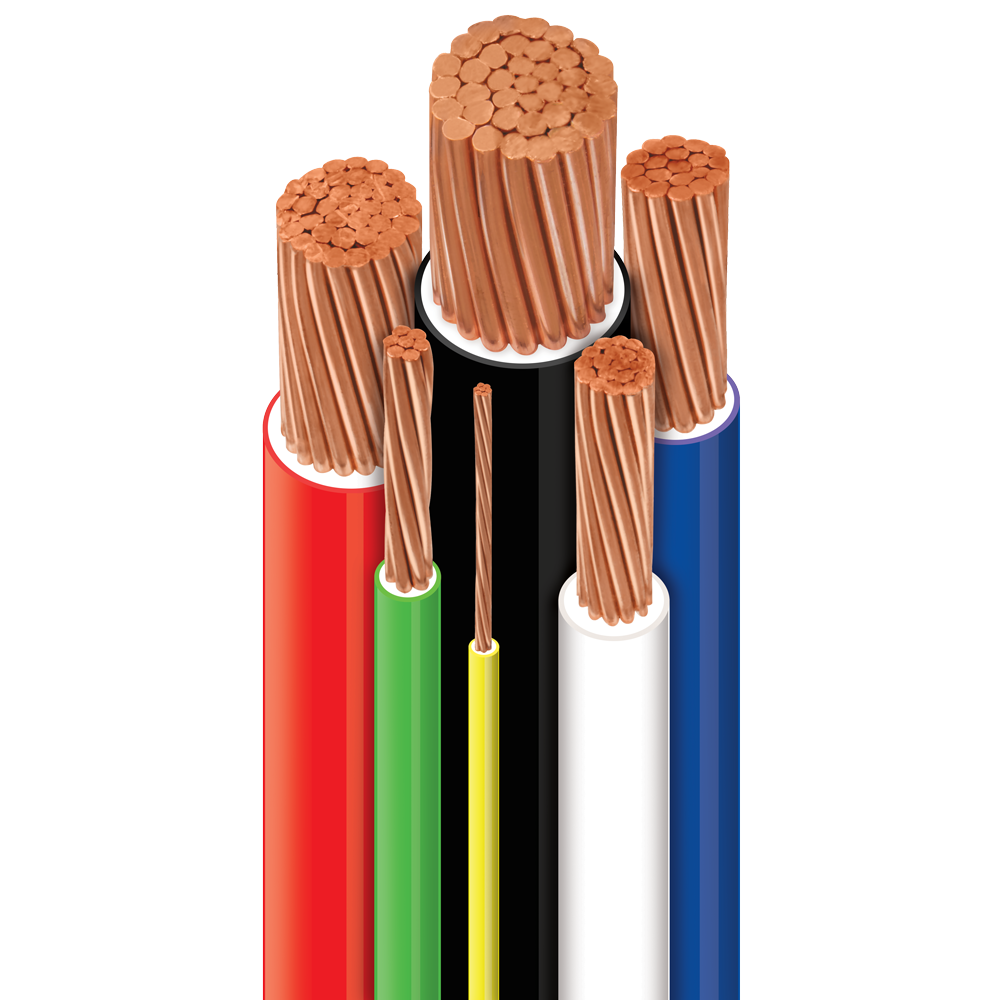
Electrical Wire/Conductor
electrical material that could be:
a. Stranded wire which is made of multiple strands
joined together to make a single wire.
b. Solid wire is made of a single strand of copper or
aluminum wire. These are used in wiring installation inside and outside the buildings.
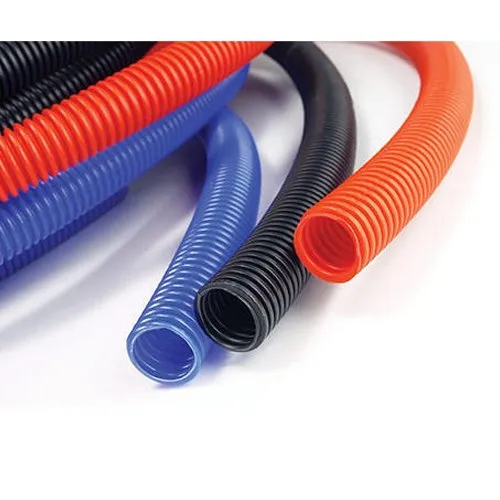
Conduits/Pipes
electrical materials used as the passage of wires for protection and insulation.
These could be rigid metallic, flexible metallic conduit
(FMC), rigid nonmetallic (PVC), and flexible non-metallic or corrugated plastic conduit (CPC).
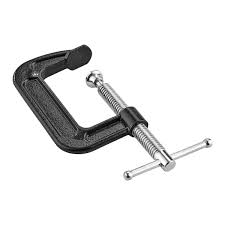
Clamps
electrical materials used to hold and anchor electrical conduits in its proper position.
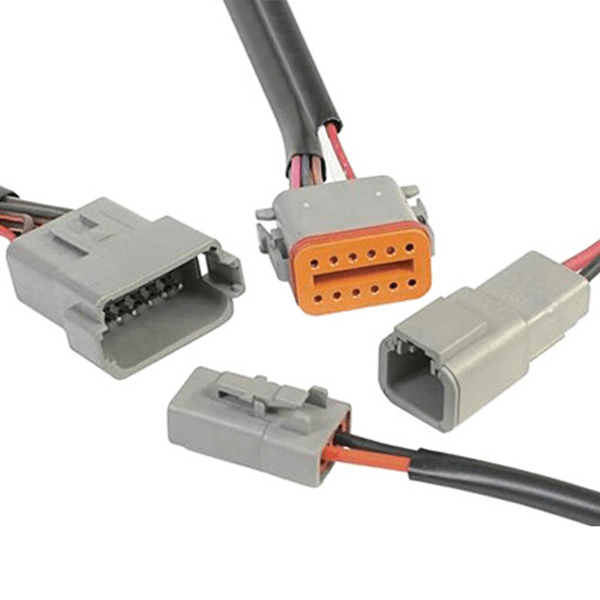
Connectors
used to attach metallic or non-metallic conduit to the junction or utility boxes.
MEASURING INSTRUMENTS AND TOOLS
used to measure an assortment of values such as voltage,
current and resistance, wire, length, wire opening sizes,
conduit, and the like. The most common measuring tools
and instruments are:
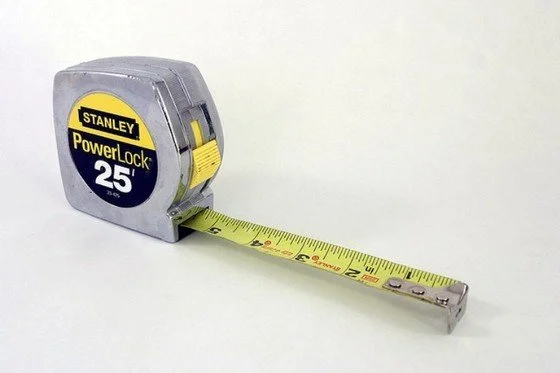
Push-pull rule
a flexible steel rule used to measure the dimension of an object. It coils into its case when not in use.
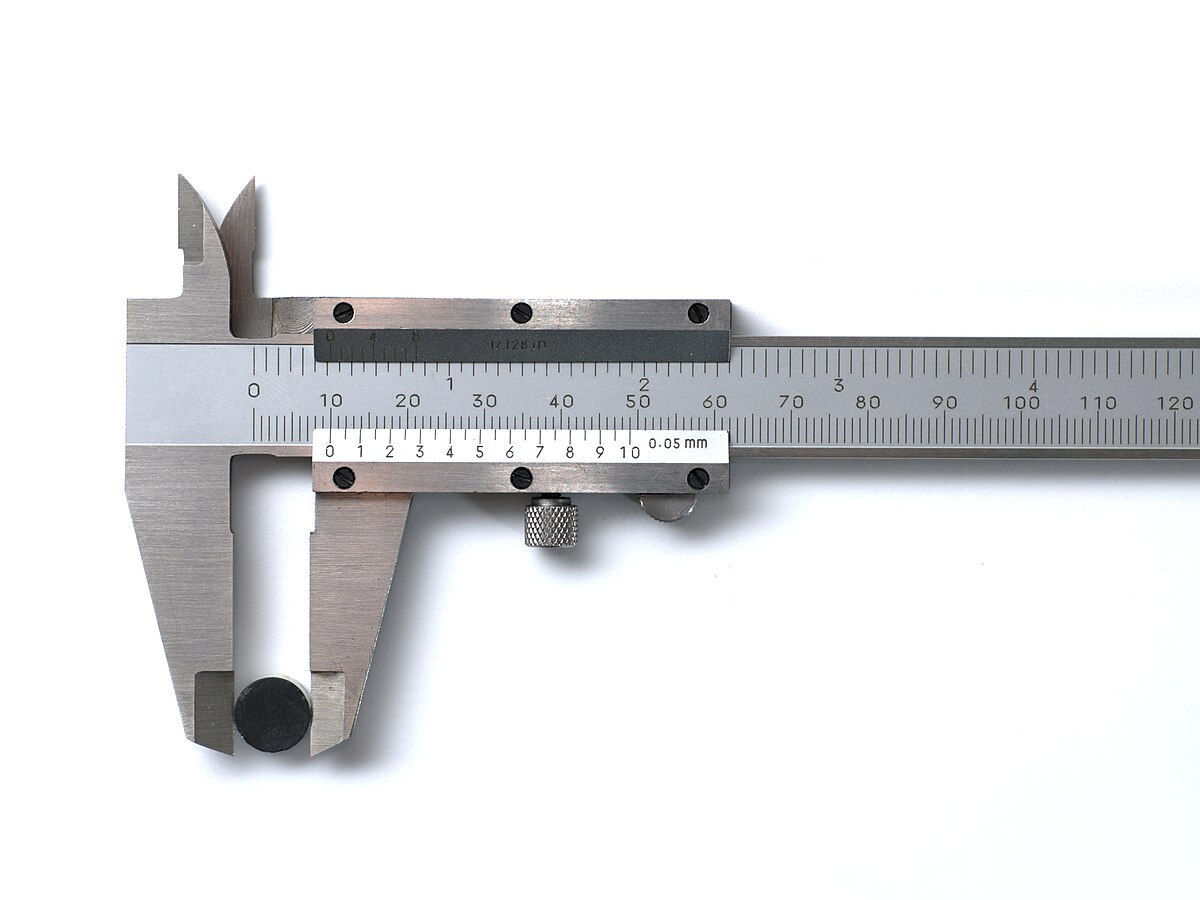
Vernier Caliper
Consists of an L- shaped frame with a linear scale along its longer arm and an L-shaped sliding attachment
with a Vernier, used to read directly the dimension of an object.
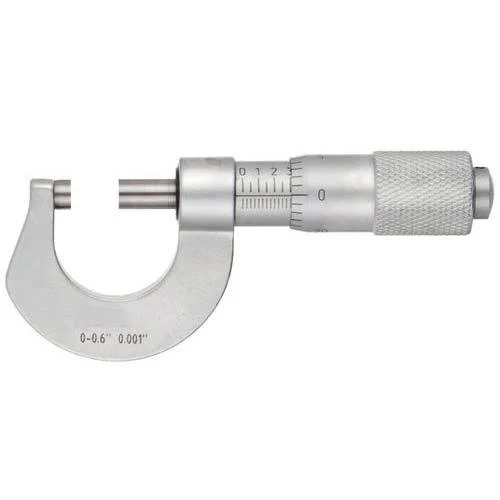
Micrometer Caliper
used to measure small distances.
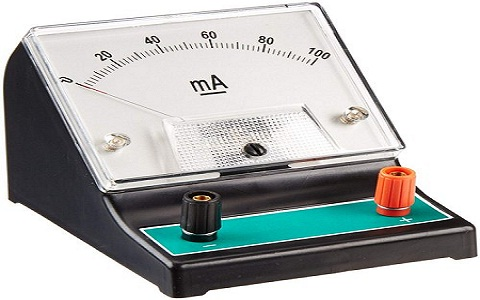
Ammeter
used to measure electric current.
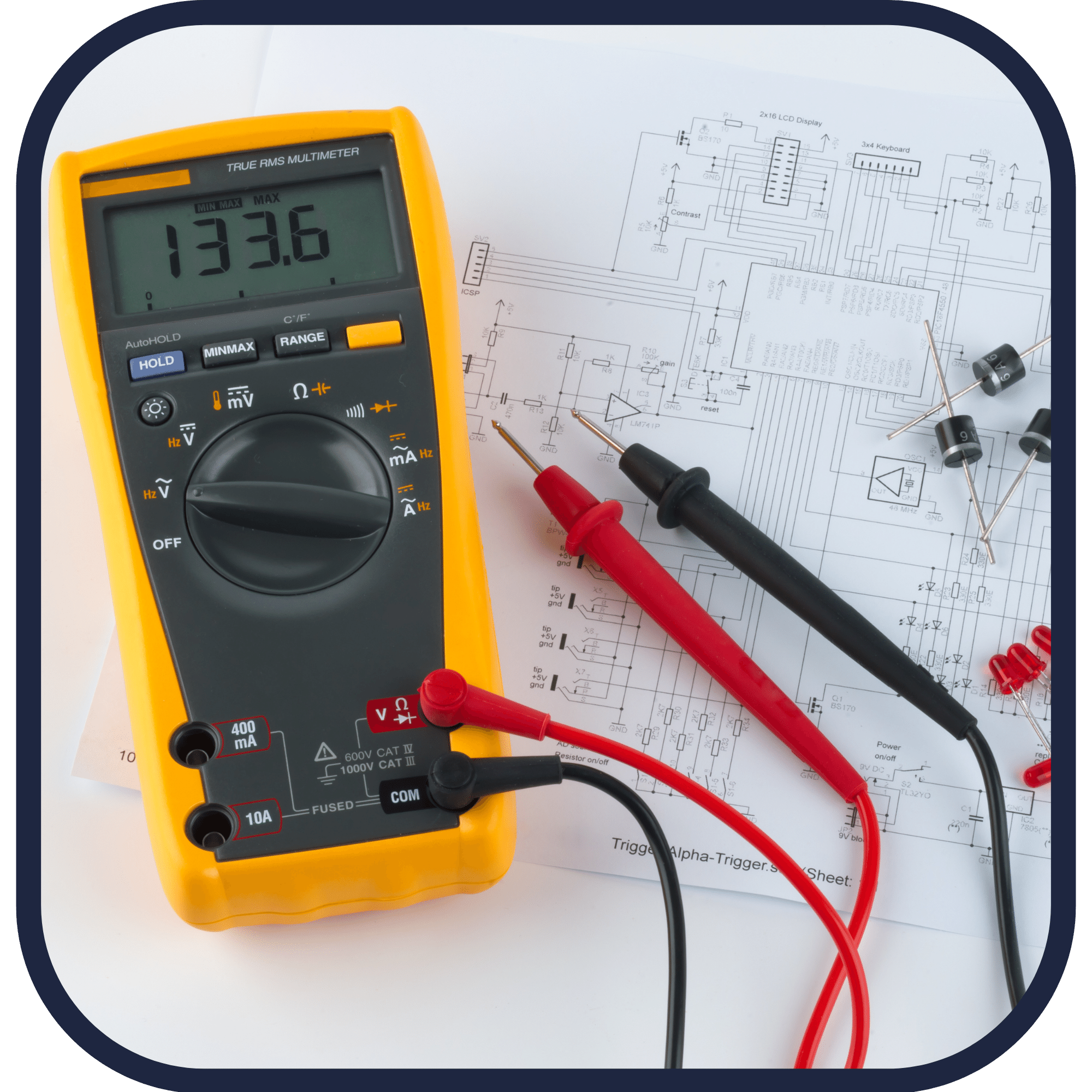
Voltmeter
used to measure potential difference or voltage.